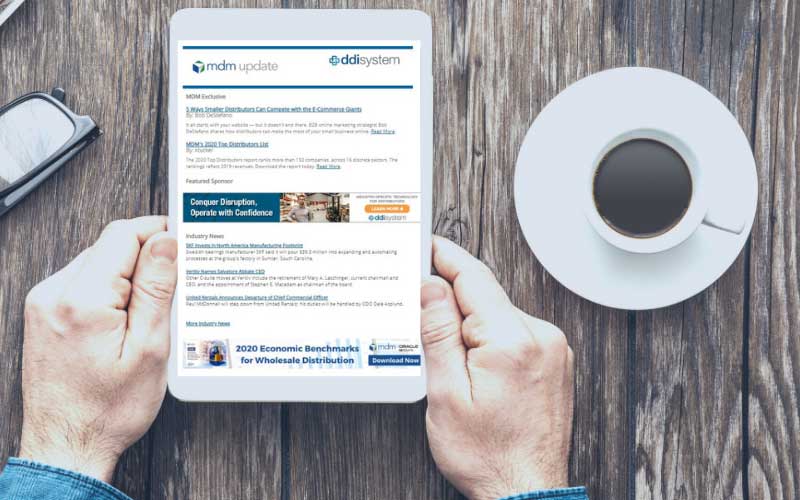larger ones to offer health insurance. While virtually all large firms (200 or more workers) offer health benefits to their workers, only 62% of smaller firms do so. Just under half (49%) of the smallest firms (three to nine workers) offer health benefits. Among all small firms (three to 199 workers) not offering health benefits, nearly half (48%) cite high premiums as the most important reason for not doing so.
As in the past, the survey finds that workers in small businesses that offer health benefits on average pay more for family coverage than workers at larger firms do -$4,101 annually for workers in small firms (three to 199 workers), compared with $2,982 annually for workers in larger firms. For single coverage, the opposite is true, with workers at small firms annually contributing less on average than workers at large firms ($624 vs. $769).
Large Employers
The survey finds that 31% of large firms (200 or more workers) offer retiree health benefits this year, similar to the 33% who did so last year but less than half the 66% who did so in 1988.
Among those large firms offering retiree health benefits, 69% say that at least some active employees will be eligible for retiree health benefits if they retire at age 65 or older, and 90% say that some active employees will be eligible if they retire before age 65. Within these large firms reporting that at least some active employees are eligible for early-retiree or Medicare-age retiree health benefits, about 78% of active workers would be eligible at age 65 or older and 72% of active workers would be eligible if they retire before age 65.
Wellness Programs
The survey finds that more than half of all firms offering health benefits also provide at least one of seven wellness programs: weight loss programs, gym membership discounts or on-site exercise facilities, smoking cessation programs, personal health coaching, classes in nutrition or healthy living, Web-based resources for healthy living, or a wellness newsletter. However, relatively few firms offer incentives such as gift cards, travel, merchandise, or cash (7%), reduced premium (4%), or a lower deductible (1%) to encourage workers to participate in wellness programs.
In addition, 10% of firms offering health benefits give their employees the option of completing a health-risk assessment to help employees identify potential health risks, and of those, 12% offer some sort of financial incentive for workers to complete them.
Other key findings from the survey include:
- Drug benefits. Most plans now have a three- or four-tier system to determine cost-sharing for drugs. For workers in such plans, the average co-payments this year are $10 for first-tier drugs, $26 for second-tier drugs, and $46 for third-tier drugs. Co-payments for fourth-tier drugs, which may include costly biological agents and lifestyle drugs, averaged $75.
- Future outlook. When asked about their plans for next year, 14% of firms say they are very likely”to raise workers’premium contribution next year, and 12% say they are “very likely”to raise deductibles. Very few firms say they are “very likely”to restrict eligibility for coverage or drop health coverage altogether.
Premiums for employer-sponsored health insurance rose to $12,680 annually for family coverage this year -with employees on average paying $3,354 out of their paychecks to cover their share of the cost -and the scope of that coverage has changed, with many more workers now enrolled in high-deductible plans, according to the 2008 Employer Health Benefits Survey by the Kaiser Family Foundation and the Health Research &Educational Trust (HRET).
Premiums rose a modest 5% this year, but they have more than doubled since 1999 when total family premiums stood at $5,791 (of which workers paid $1,543). During the same nine-year period, workers’wages increased 34% and general inflation rose 29%.
This year many workers are also facing higher deductibles in their plans, including a growing number with general plan deductibles of at least $1,000 -18% of all covered workers in 2008, up from 12% last year. This is partly, but not entirely, driven by growth in consumer-directed plans such as those that qualify for a tax-preferred Health Savings Account.
The shift has been most dramatic for workers in small businesses with three to 199 workers, where more than one in three (35%) covered workers must pay at least $1,000 out of pocket before their plan generally will start to pay a share of their health-care bills -rising from 21% last year. For workers facing deductibles in Preferred Provider Organizations, the most common type of plan, the average deductible rose to $560 in 2008, up nearly $100 from 2007.
The annual Kaiser/HRET survey provides a detailed picture of how employer coverage is changing over time in terms of availability, cost and coverage.
Rising Enrollment In HSA-Qualified Plans
Preferred Provider Organizations continue to dominate the employer market, covering 58% of covered workers. Health Maintenance Organizations cover 20% of workers, with 12% in Point-of-Service plans, 8% in consumer-directed plans, and 2% in conventional indemnity plans.
The share in consumer-directed plans -high-deductible plans that include a tax-preferred savings option such as a Health Savings Account (HSA) or Health Reimbursement Arrangement (HRA) -has increased to 8% today from 5% last year and 4% in 2006. An estimated 5.5 million covered workers are enrolled in these plans, including about 3.2 million in plans that would allow the worker to establish an HSA and 2.2 million in plans with an HRA established by the employer.
The growth in consumer-directed plans occurred mostly among workers at small firms (three to 199 workers), where 13% are now in this type of plan, compared with 8% in 2007. In firms with at least 200 employees, 5% of workers are enrolled in such plans -statistically unchanged from last year. By definition, these plans all have high deductibles -with the average general annual deductible for single coverage at $2,010 for HSA-qualified plans and $1,552 for HRAs.
Premiums for consumer-directed plans are generally lower than for other types of plans, though in addition to the premiums, employers may also contribute money to the savings accounts. On average, firms pay a total of $8,291 annually toward the cost of family coverage for an HSA-qualified plan, including a $1,522 contribution to the account. In comparison, firms on average contribute $9,495 toward the cost of family coverage in non-consumer-directed plans.
Among firms offering such consumer-directed plans, six in 10 say that the primary reason is cost -and more than four in 10 say that in their opinion the most successful result has been lower costs. About four in 10 employers say that communicating with and educating their workers about the change was their greatest challenge in adopting consumer-directed plans.
Small Business Challenges
As in the past, smaller businesses are significantly less likely than

